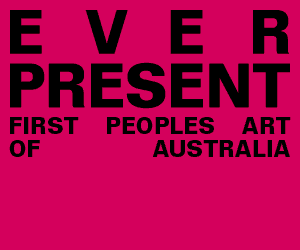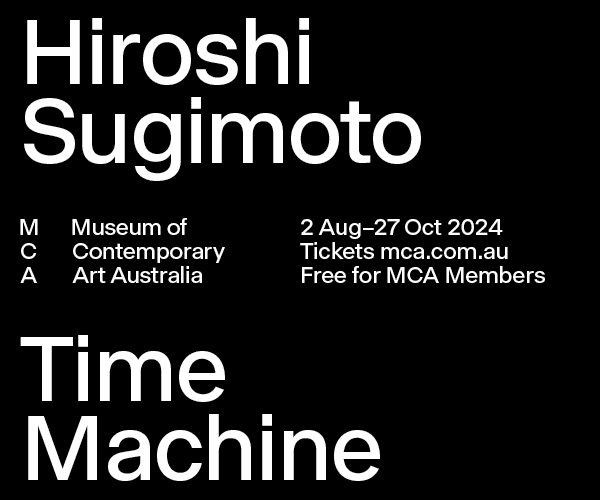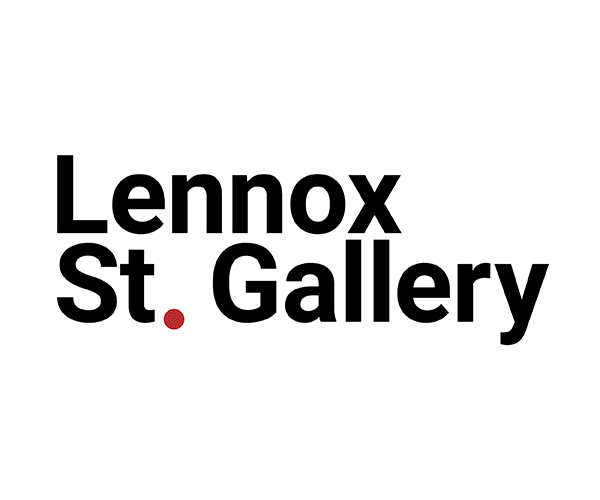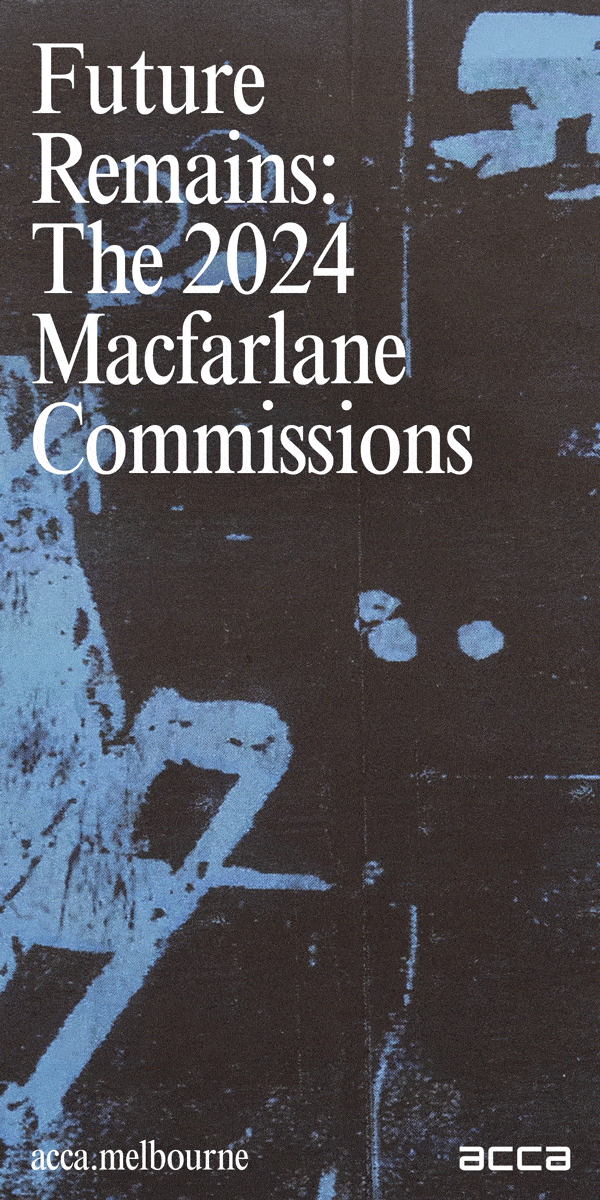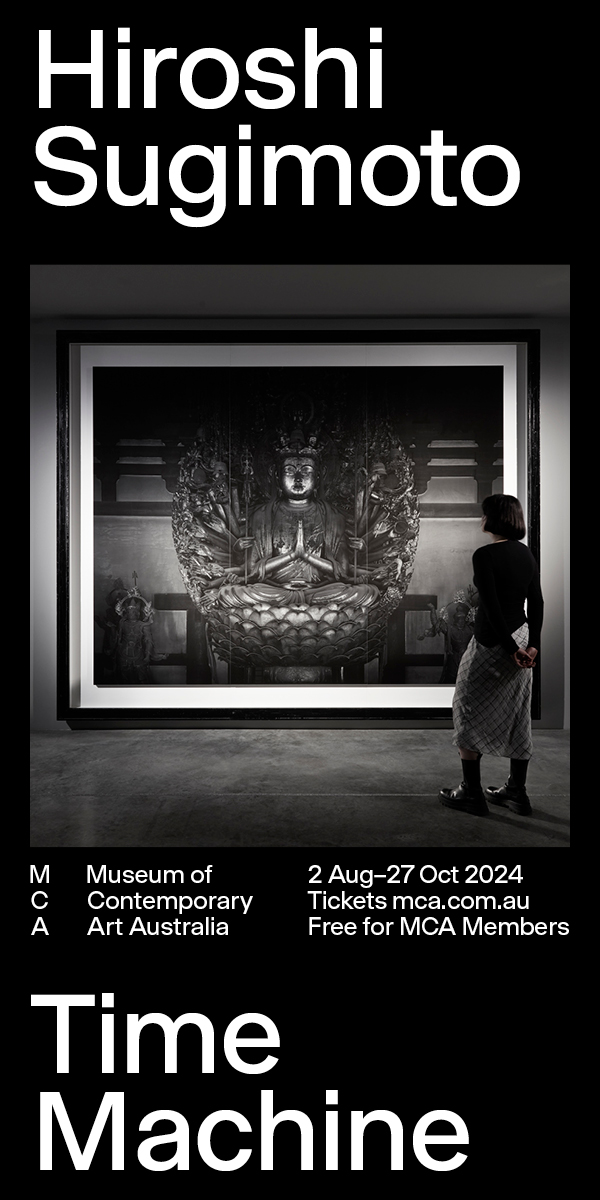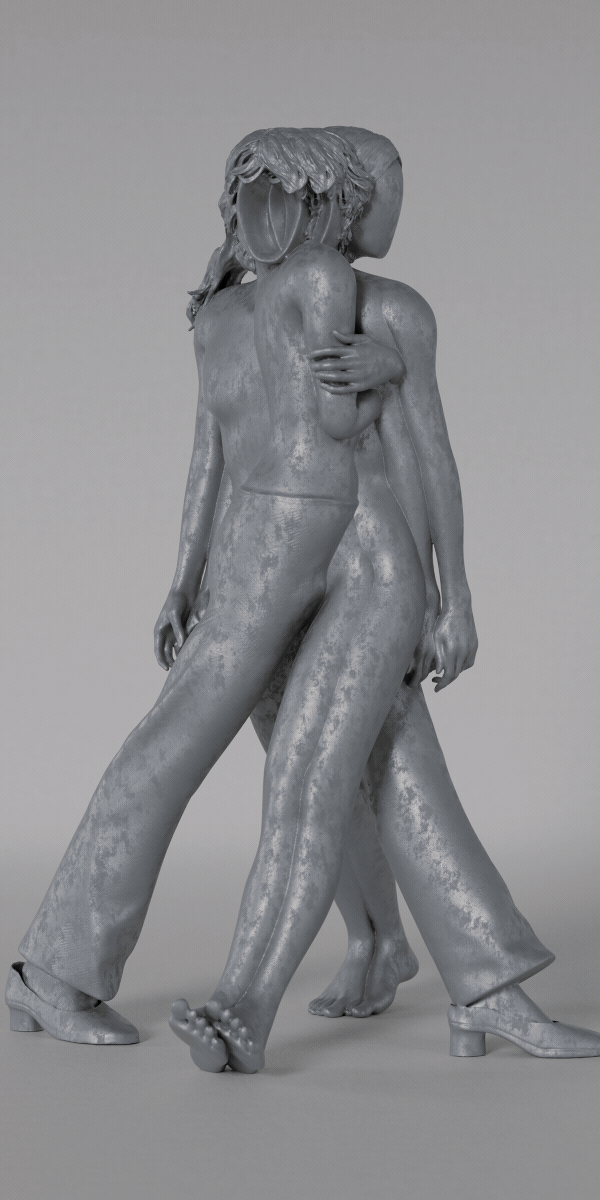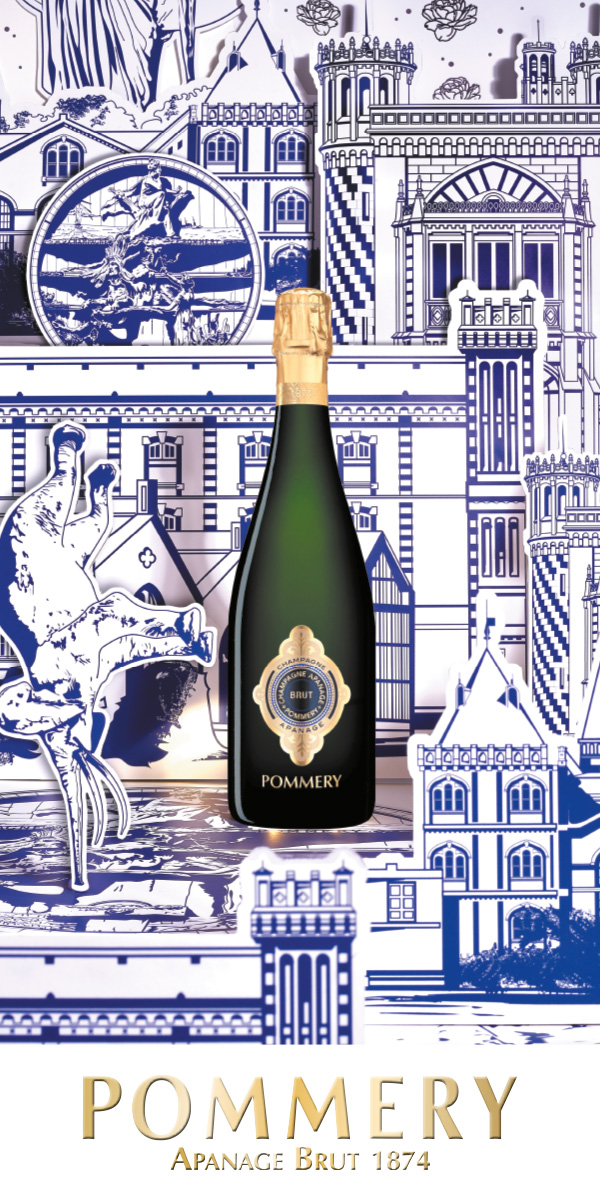Michael Zavros: The Best or Nothing
Michael Zavros is an artist who likes what he likes, no apology. Over the past 25 years, he’s developed a reputation for alluring – and polarising – works about luxury objects, material culture and his children. He talks to Jane O’Sullivan about his survey exhibition The Favourite, and an ambitious new sculpture that is all about reflections.
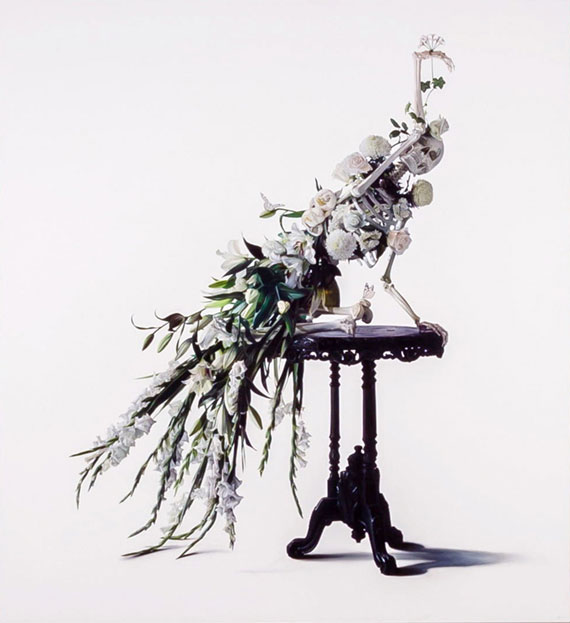
Image credit: Michael Zavros, White Peacock, 2017, oil on canvas, 220 x 200cm. Courtesy the artist © Michael Zavros
The Favourite at Queensland Art Gallery | Gallery of Modern Art (QAGOMA) surveys 25 years of Brisbane artist Michael Zavros’ painting, drawing, sculpture and photography. Over that time, Zavros has depicted high-end suits, pedigree animals, palace interiors, follies, the family pool and his children. He has made work about his life and relationships to things, but also his cultural inheritances and family. Beauty, he says, has always been “a tool, a vehicle for something else – a trojan horse.”
He’s an exacting artist. Zavros is known as a photorealist painter, though that doesn’t quite cover the range of his practice, or his painting. What comes out in The Favourite is just how fantastical some of these paintings are, from the pedigree chickens of Two Onagadori (2004) to the fashion magic of Charmer/Gucci (2013) and the pareidolic feint of The Poodle (2014). Peter McKay, The Favourite’s curator and QAGOMA’s Curatorial Manager of Australian Art, sees this strand of Zavros’ practice more in terms of post-photography painting. Zavros, for his part, has connected it to follies and contrived attempts to make things more beautiful, or more extreme. “My own existence as a painter of course seems folly,” he says.
The Favourite ranges over a lot of ground, from early works drawn from magazine ads to Zavros’ move to working with his own compositions and his children – including the Moran National Portrait Prize-winning Phoebe is Dead/McQueen (2010) – to an increasing use of humour and an ambitious new sculpture, Drowned Mercedes (2023). Across all mediums, his work is hyper focused, highly aestheticised and alluring, but it’s also discomfiting. Zavros unerringly loops audiences back on their own values – as McKay notes, “a lot of people are in denial about their relationship to these things.”
What do we want, and how do we want it? These are questions that run deep, and our values are writ into us by family, class, cultural background and what we’re fed as consumers. Take, as just one example, the white middle class distaste for showmanship. Sure, aspire to comfort but don’t be flashy. What happens when values like that meet works like V12/Narcissus (2009), where Zavros replaced Caravaggio’s pond with the polished hood of a Mercedes, and Narcissus with himself?
Zavros grew up on the Gold Coast Hinterland. “My dad’s story is the quintessential Australian migrant story,” he says. “My parents were schoolteachers and there were five of us kids so there was never going to be a Mercedes, but I’d hear about some uncle who’d got one, or some cousin.”
Sometimes, his father would take him for a drive and they’d end up outside the local Mercedes dealership, peering through the glass. “Even at a young age I had an inkling of what these cars meant and what status or social hierarchy was. Later, I would learn the terms ‘new money, old money’ and ‘migrant materialism’,” he says. But mostly he just remembers the pleasure of those trips, and how easily they talked. “Dad sought his reflection in those mirrored surfaces, and I sought mine in him.”
Zavros has developed a major new sculptural work, Drowned Mercedes (2023), for the QAGOMA survey. For this work he’s taken a Mercedes convertible and filled it with water – a reflection pool.
“We could have scanned and 3D printed the car and, with painting, achieved something very close but the ruination
is key,” he explains.
The number plates read AGAPE with a heart emoji. “It’s woggy. Agape, depending on which philosopher you read, is basically better than love – a higher love. It is also a term of endearment. My dad says to my kids, ‘Come here, Agape’.”
Other memories are sunk into this work. As a young artist, one of his early champions was the late Win Schubert. She loved her cars too and owned a soft top Mercedes SL600, which she sometimes let Zavros borrow. “She’d call and whisper into the phone, ‘Do you want the car?’,” he remembers. Around 2003 she gave him the chance to buy it and pay it off with paintings – and he did.
Zavros loved the “handsome German” – it’s the car in V12/Narcissus – but worried about it too. Whether he was using it too much, or not enough. The glitchy warning lights. The risk of damage. At this point he was living in Brisbane and knew the garage where he stored the car had been flooded in the past. When he sold it eight years later, he’d only put 10,000km on it. “Mostly I’d just looked at it, and sometimes painted it,” he says.
Placed inside QAGOMA, Drowned Mercedes has the feel of an archaeological object, a curio from a lost world. The use of water suggests flooding and climate change, but the work is no clear-cut polemic. “Some may applaud the retirement of a two-seater gas guzzler,” Zavros says. “Others will be more appalled at its ruin than the one our world faces.”
Another ambitious new work is Acropolis Now (2023), an immense 20-metre-wide mural that is, as he says, “the Acropolis now, a beautiful ruin with scaffolding and cranes and spotlights painted in.”
It follows on from a much smaller work, At the British Museum (2022), a self-portrait of a troubled Zavros viewing the Parthenon Marbles overseas. “Both Drowned Mercedes and the Acropolis painting are entwined,” explains Zavros, “this context of migrant culture, wog aspirations and the transplanting of
culture elsewhere.” The mural will be painted over at the end of the exhibition.
Rom Com (2023), with his daughter Phoebe, approaches cultural legacies from a different angle. Zavros has been making work with his three children for over a decade now. His two youngest are less visible these days but “every time I think my work with Phoebe has ended it really just shifts,” he says. “We seem to arrive
at roughly one project a year now.”
These works have always involved some play acting but in this new photograph, Zavros and Phoebe take on the iconic movie Pretty Woman. It’s a startling choice, but also worth considering what this movie might represent to Phoebe’s generation, and how deeply it’s seeped into the cultural groundwater since its 1990 release. In some ways, Rom Com is like the earlier Marlboro cowboy Prince/Zavros works of 2012 and 2013, but this time Zavros seems to be viewing a cultural icon through the lens of his daughter, giving it a little girl boss gloss to boot.
The Favourite is organised around ideas of masculinity, trophies, interiors and interiority, and also tracks an increasing use of humour, particularly the arrival of the hapless dad mannequin of his 2020 solo exhibition A Guy Like Me. Another of the new works, Trophy Dad (2023), sees the artist mount a bronze of his own head to the wall – a collector’s hunting trophy perhaps, but the size of a coat hook. “It’s both egotistical and self-deprecating,” McKay says. “There’s that push and pull. That’s what animates it.”
Humour, Zavros says, can be useful as
“a certain antidote to a slick presentation of slick subject matter.” These days, as he gears up for further solo museum exhibitions overseas, Zavros seems to be both leaning into and a little resigned about his status as a polarising artist. Trophy Dad suggests a keen awareness, and use of, the artist-persona that’s grown up around him. But it’s telling just how often Zavros reaches for metaphors of closed loops and circuits when talking about his work, and how deftly he sets up reflections. As he says, “I don’t like prescriptive work personally and I don’t want to make work that tells you what it means or what to think.”
Michael Zavros: The Favourite is at QAGOMA, Brisbane until October 2, 2023.
Michael Zavros will show at Sydney Contemporary in September 2023 with Sullivan+Strumpf; at 1301SW, Melbourne from November 11 to December 16, 2023; and Sullivan+Strumpf, Sydney in May 2024.
Michael Zavros is represented by STARKWHITE, Auckland; 1301SW, Melbourne; Sullivan+Strumpf, Sydney; and Philip Bacon Galleries, Brisbane.
starkwhite.co.nz
1301sw.com
sullivanstrumpf.com
philipbacongalleries.com.au
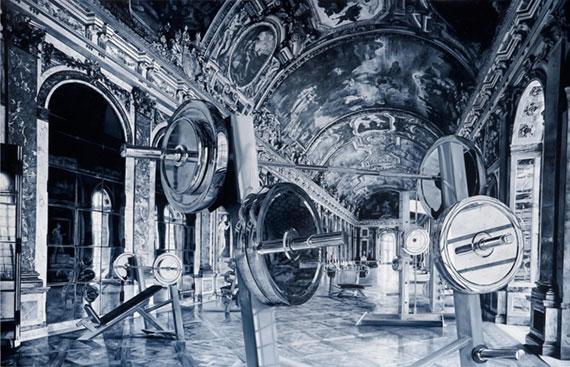
Image credit: Michael Zavros, Echo, 2009, oil on canvas, 210 x 320 cm, Collection: Aaron Giddings. Courtesy the artist © Michael Zavros
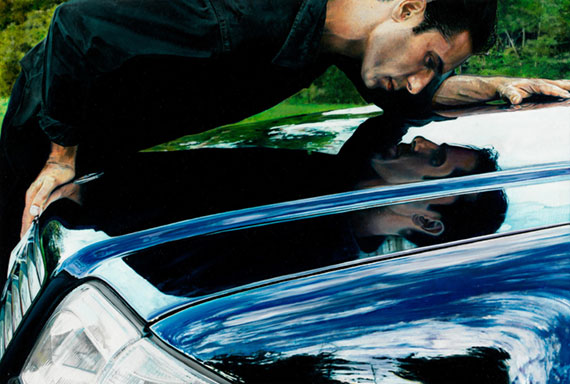
Image credit: Michael Zavros, V12/Narcissus, 2009, oil on board, 20 x 29.5 cm, Collection: Art Gallery of New South Wales, Sydney. Courtesy the artist © Michael Zavros

Image credit: Michael Zavros, Ars Longa Vita Brevis, 2009, oil on canvas, 210 x 167 cm. Courtesy the artist © Michael Zavros
This article was originally published in VAULT Magazine Issue 43 (August – October 2023).
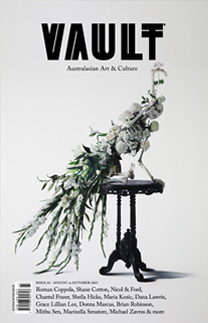
Click here to Subscribe





